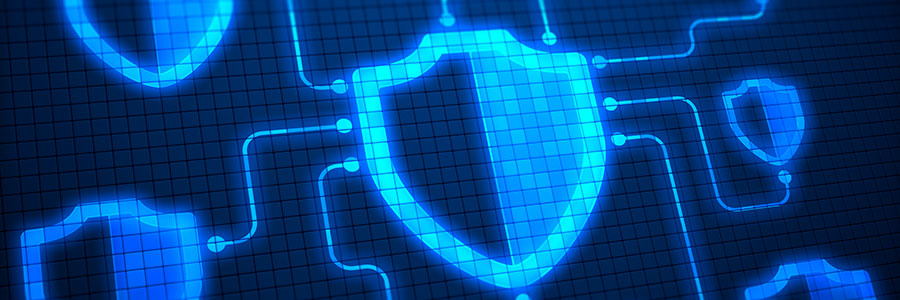4 IT Goals Every Business Should Set for 2023

In 2022, many businesses faced a variety of technology-related challenges involving data security, automation (i.e., finding the right automation tools), and keeping a hybrid workforce well supported, to name a few.
As 2023 begins, it’s important to take a proactive approach when managing technology tools to ensure uninterrupted productivity while meeting the unique challenges posed by current market conditions. This involves putting in place an IT strategy that will address the technology challenges of the past year and prepare your business in Salt Lake City for the year ahead.
Here are some IT goals to consider integrating into your strategy this year.
1. Strengthen security protocols
In 2023, businesses should make it one of their IT goals to strengthen their cyber risk protocols to better secure customer and company information. IT threats are becoming increasingly sophisticated and businesses need to be proactive with their cybersecurity.
A recent report by Cybersecurity Ventures predicted that global cybercrime damages costs will keep rising exponentially — from $3 trillion in 2015 to $10.5 trillion in 2025. And the current global economic landscape isn’t helping, with inflation and supply chain disruptions taking their toll on businesses. Cybercrime has simply become more expensive for companies due to the rising cost of preventing and remedying attacks.
Worse, many technology companies even had to reduce IT staff or freeze hiring, leaving security teams struggling against limited resources. To adequately protect organizations from threats, it’s crucial to ensure that budgets increase alongside inflation or risk being unable to build up a strong enough defense.
2. Review your backup and disaster recovery (BDR) plan
This year, it is essential to inspect your company’s BDR capabilities and make any necessary improvements. Regularly assessing the effectiveness of your BDR plan will help ensure that your organization can cope with a range of issues that may arise, such as natural disasters or other technical difficulties.
The lack of a strong BDR strategy could lead to financial losses due to lost revenue, decreased productivity, and delays in delivery times. Thus, one of your 2023 tech goals should be to implement comprehensive BDR solutions tailored to your specific needs.
It also pays to stay abreast of new backup technologies and data storage trends, which can make data backup more efficient and offer more robust safeguards against cyberthreats.
Related reading: 5 Most crucial components to include in your data backup strategy
3. Increase efficiency with automation
Another worthwhile IT goal is to achieve operational efficiency with automation. Automation has the potential to reduce business costs, increase accuracy, and speed up processes, making it an invaluable asset for any company looking to maximize its operations.
Automation can eliminate the need to manually perform repetitive tasks, enabling organizations to reduce their operating costs. It can also streamline processes so tasks can be completed faster and more accurately. Automation can also improve customer service and engagement with AI-enabled processes, allowing businesses to respond quickly and accurately to customer inquiries.
4. Link technology with profitability goals
Finally, if you’re purchasing new tech or undertaking a major IT project, remember that technology adoption should always link back to a business goal or need. Research shows that businesses that use tech strategically are likely to earn twice as much revenue per employee compared to those that don’t.
Carefully consider the expenses involved. When formulating the annual IT budget for your business, account for all technology-related costs, including application usage (i.e., how many employees will use a particular software program) and availability of other, less costly tools.
By including these four goals in your overall IT strategy, your business can stay ahead of the competition and position itself for success in the years to come. Get started today by setting some achievable IT goals for your Salt Lake City/Utah business in 2023 with the help of NetWize’s IT professionals. Call us today.








